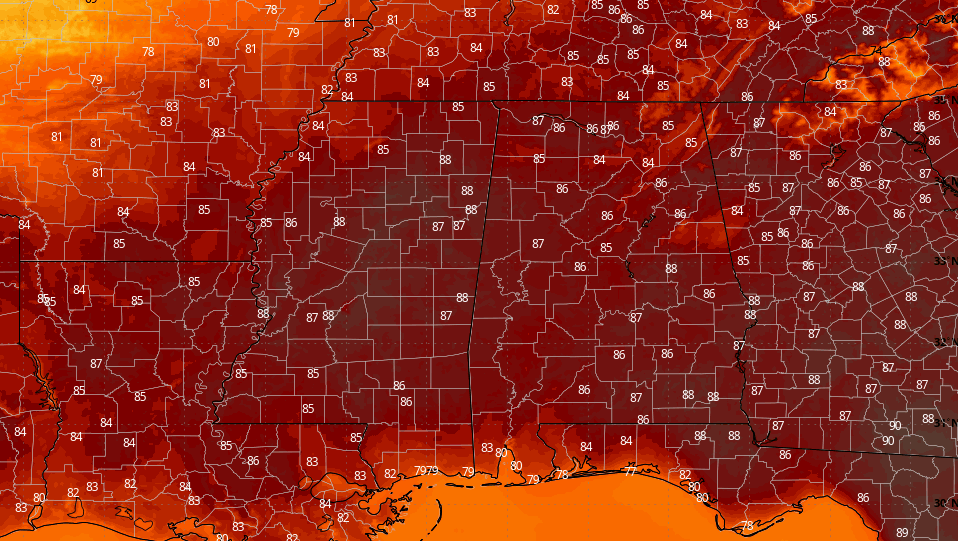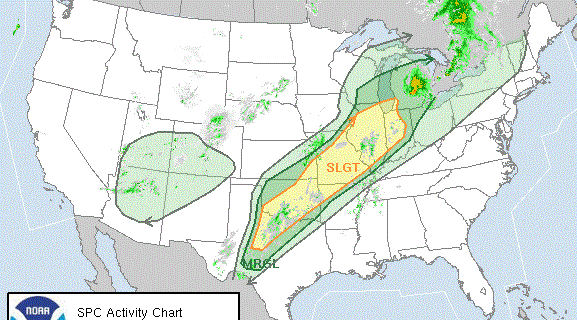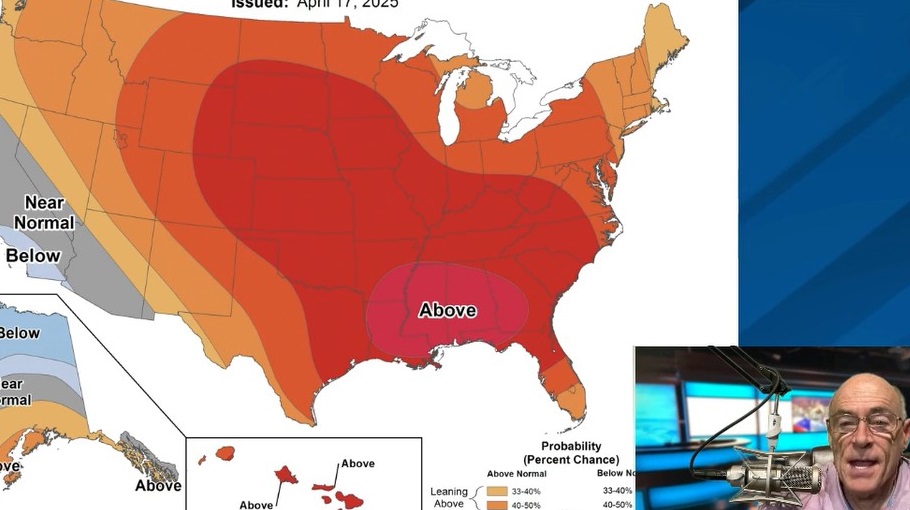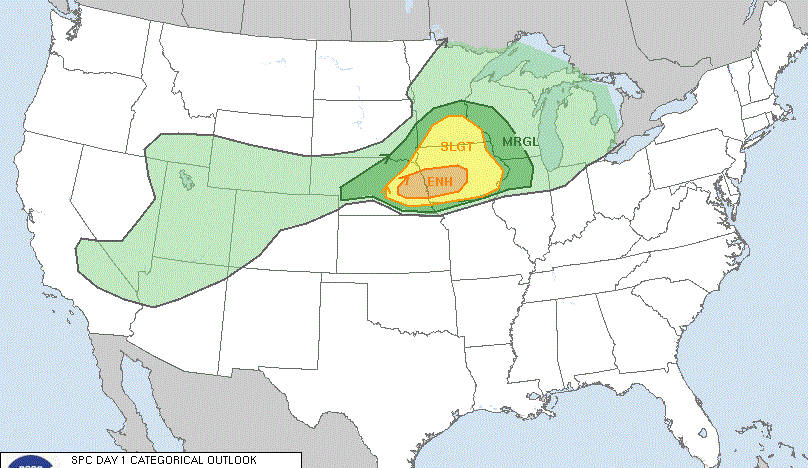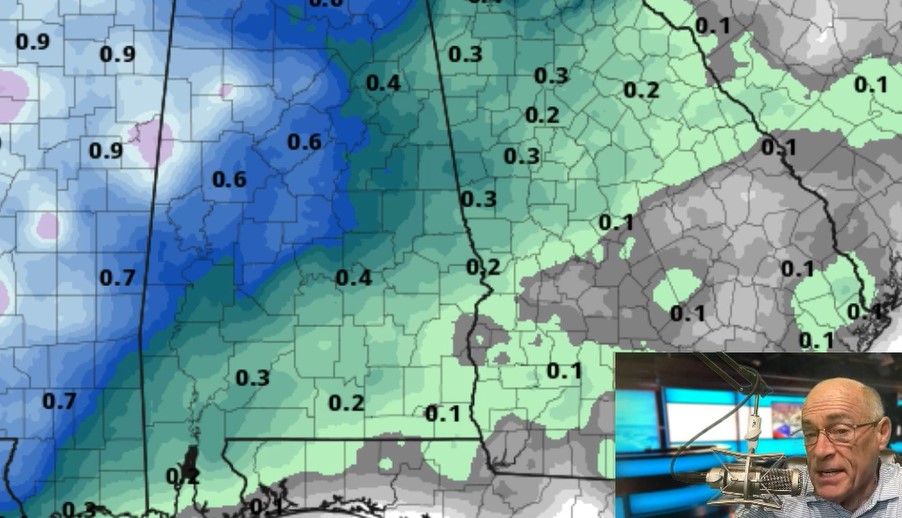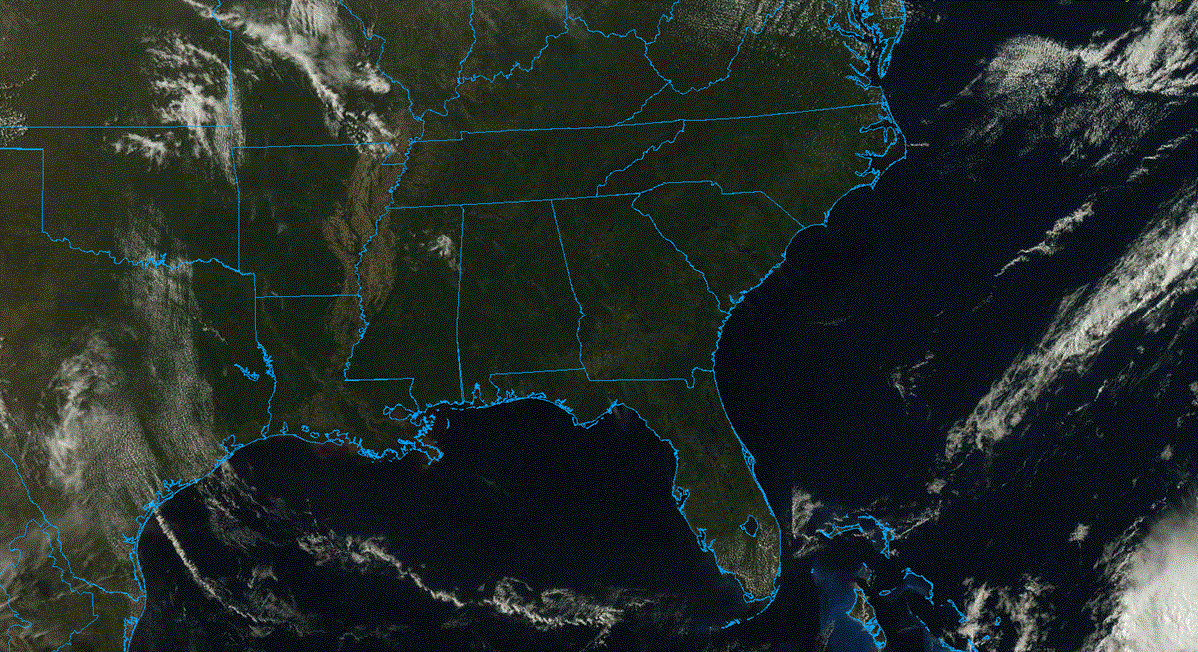Alabama’s Coastal Weather Resource Center ready for first hurricane season in new facility
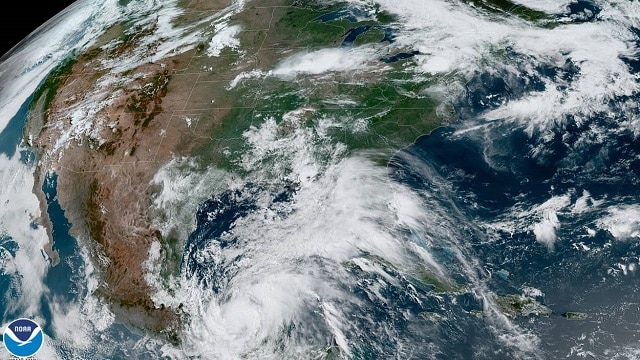
Tropical Storm Cristobal is in the southwest of the Gulf of Mexico and could threaten the U.S. Gulf Coast with landfall Sunday. (NOAA)
The Coastal Weather Resource Center (CWRC) at the University of South Alabama is prepared for its first hurricane season in its new facility – a season that already has its third named storm barely into its official start.
Two days into hurricane season, Tropical Storm Cristobal formed in the Gulf of Mexico and could threaten Gulf Coast states by Sunday. It’s the earliest third-named storm since 2016 to form in the Atlantic basin. Tropical Storm Arthur formed in the Atlantic Ocean on May 16 and Tropical Storm Bertha formed in the Atlantic on May 27.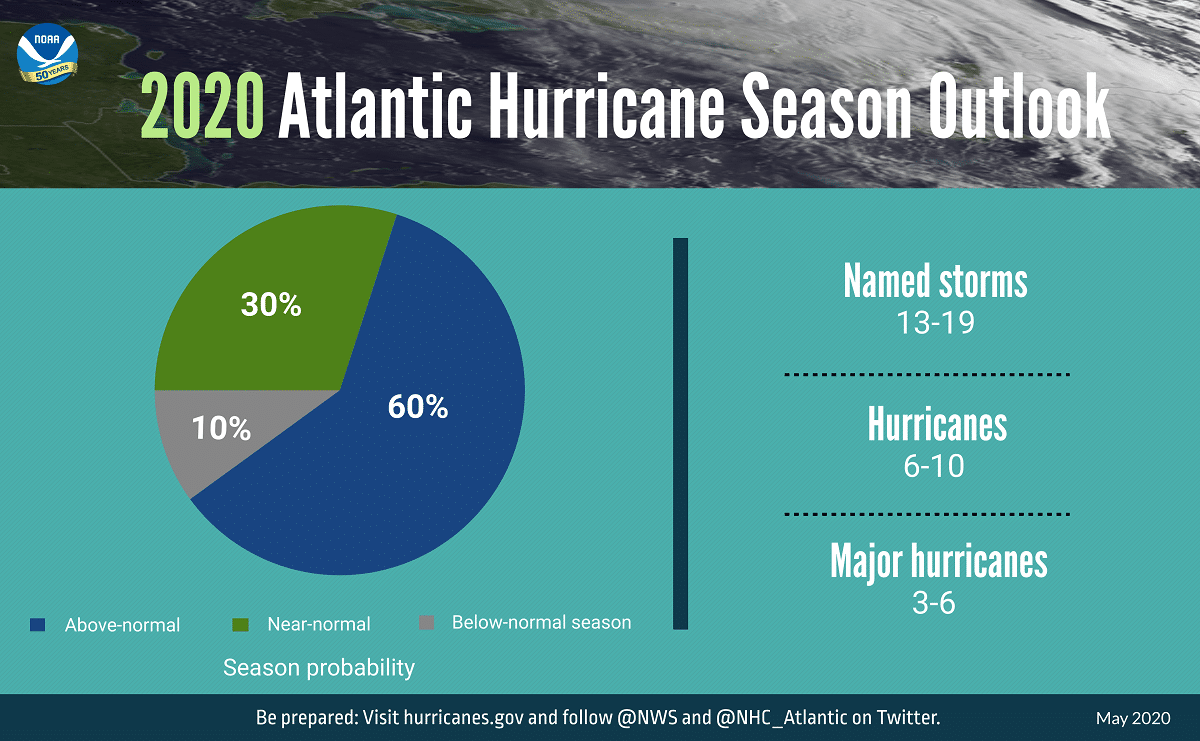
The National Oceanic and Atmospheric Administration has predicted an above-normal hurricane season across the Atlantic, Gulf and Caribbean for 2020, with 13 to 19 named storms and six to 10 hurricanes, with three to six of them becoming major hurricanes (winds of 111 miles per hour or higher).
Dr. Bill Williams, director emeritus of the CWRC, knows it only takes one.
“If you look back in history, a lot of the years we had a large number of named storms, none of them affected this area,” Williams said. “There are years we’ve had very few, and one hit us or came very close. Thus, there is no relationship between the number of hurricanes that affected Mobile in a season and the number of Atlantic storms that formed in the same season. However, if you see a large number of predicted storms in the Atlantic, you might say the probability of a Mobile storm is much higher.”
Alabama Power USA Coastal Weather Research Center helps clients be better prepared from Alabama NewsCenter on Vimeo.
CWRC heads into the 2020 hurricane season operating from its new facility on the University of South Alabama campus. It’s the first hurricane season since relocating from the Mitchell Center to the Science Laboratory Building in February. The Alabama Power Foundation has partnered with USA for nearly three decades and was the leading collaborator in the relocation and expansion of the CWRC by providing a grant for the new facility.
Hurricanes can be challenging to prepare for, which is where the CWRC comes in, drawing from the devastation of past hurricanes to help shield against future storms.
Past storms like Hurricane Camille in 1969.
“Camille really didn’t hit our area that hard. It was a Mississippi hurricane, but it was so dramatic and had such an impact on the Mississippi coast, people here in Mobile really remembered that importance of evacuation,” Williams said. Ten years later, Hurricane Frederick hit the Mobile area as the worst storm in the city’s history and, because Hurricane Camille was still fresh on their minds, people were ready to evacuate.
The CWRC was developed in 1988 with the purpose of saving lives, preventing injuries and minimizing damage from inclement weather conditions. The weather center now provides specialized forecast information for business and industry to more than 100 clients across the Southeast.
Mobile’s high thunderstorm frequency, hurricane activity and marine environment make it great for studying weather.
“This was a great place for our program. … A lot of things go on here along the Gulf Coast and around Mobile Bay,” Williams said.
Williams encourages student involvement with the center. Students may intern at the CWRC, a special experience for a college meteorology program. Students learn to prepare information by using the meteorological laboratory, information center and archive. This allows students to build experience in forecasting, which is necessary in the growing field of meteorology.
Most CWRC clients are not trained in meteorology, so it is important for students to learn how to break down technical material into information for quick and easy consumption. “We’re always updating and improving the graphics we provide to our companies, making it easier to understand that information,” Williams said. “We’re trying to get that information to them faster and faster.”
In addition to serving at the CWRC, Williams is an associate professor emeritus at USA and started the university’s first undergraduate program in meteorology, which attracts students nationwide.
“I’ve been at the university for 53 years and meteorology is still my hobby,” Williams said.
Since the CWRC has been relocated, the next few years will be spent continuing to update and improve technology, setting up an emergency center for the university and bringing the entire meteorology program into the new facility.
“We’re delighted that Alabama Power helped us out making that move and renovating,” Williams said.
The first hurricane season in the new facility may be a busy one, but Williams said in the end it’s about informing others.
“It makes you feel good when you are able to get the information out in a timely fashion to business and industry,” he said. “We get very good feedback for what we’ve been able to do, and this is a profession that can be very rewarding.”




